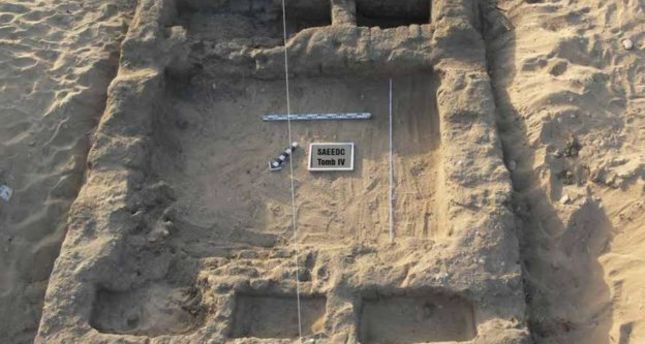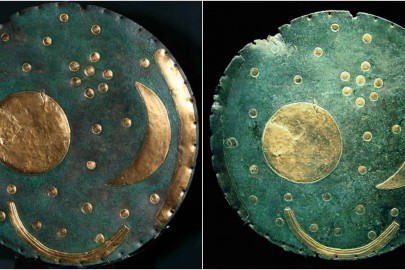The Antiquities Ministry of Egypt announced Wednesday that archaeologists have discovered an ancient city and cemetary dating back to Egypt’s First Dynasty in the southern province of Sohag.
The discovery was made across the Nile from present day Luxor, only 400 metres away from the temple of Seti I, a New Kingdom period memorial.
According to a statement by the ministry, the city mayhave housed high-ranking officials and grave builders, and its discovery could bring new insight on Abydos, one of Ancient Egypt’s oldest cities and its capital near the end of the Predynastic Period and during the rule of the four dynasties.
The discovery was made 400 metres away from the temple of Seti I, a New Kingdom period memorial across the Nile from present day Luxor.
According to the ministry, archaeologists so far have unearthed huts, pottery shards and tools. They have also uncovered 15 graves, some of which were substantially larger that those of Abydos kings.
“The size of the graves discovered in the cemetery is larger in some instances than royal graves in Abydos dating back to the First Dynasty, which proves the importance of the people buried there and their high social standing during this early era of ancient Egyptian history,” the ministry said.
It is believed that this find could bolster Egypt’s flagging tourism industry, which is an important source of foreign currency but has faced numerous setbacks since the 2011 uprising that toppled Hosni Mubarak.
After the bombing of a Russian plane last year, Egypt’s tourism industry has been struggling to recover, with a decline from 14.7 million visitors in 2010 to just 1.2 million in the first quarter of 2016.
Source: Independent
Egyptian archaeologists unearth 7,000-year-old lost city
Near Luxor

































